全站搜索
Search the entire website
Search the entire website
Granite is one kind of igneous rocks formed by the condensate of magma below the surface. In building industry, granite can be everywhere from roof to floor. Being crushed, it can be used to produce cement and filling material.
Granite is a very hard rock. It is strong and lasts a long time. People use it a lot for buildings and roads. But crushing granite is tough work for machines. It causes a lot of wear. Making a granite crushing plant that works well needs planning. You need strong machines. You need to run them in a smart way. This article will explain how to crush granite. It will help you build a plant that makes good stone and does not cost too much to run, even with hard rock.
Here are very common granite crushing plants for reference. They have been proven by practice in lots of quarries. And they have the advantages as follows:
Granite is famous for being very hard. It is much harder than rocks like limestone. This hardness is good for buildings. But it is bad for the machines that break it. When you crush granite, the stone pushes back with great force. The machine parts have to be very strong to break it without breaking themselves. Granite also has minerals that rub hard against metal. These minerals are very abrasive. They are like sandpaper on the inside of the crusher. This rubbing wears down the metal parts very quickly. The parts get thinner and lose their shape fast.
Think about the inside of a granite crushing plant. A uses two plates to squeeze the rock. With granite, these plates get worn away by the hard, rubbing stone. A Cone Crusher uses a moving cone inside a bowl. The stone is squeezed between them. Both the cone and the bowl liners wear down fast. If you use an Impact Crusher, it hits the stone with bars or plates. Granite is so hard, it wears these impact bars very quickly. The parts that take the most force and rubbing are called wear parts. With granite, you have to change wear parts often. This is a big cost. Machines for granite must be built very strong to handle the high force and high wear caused by this hard, abrasive rock. Ordinary machines will not last long crushing granite.
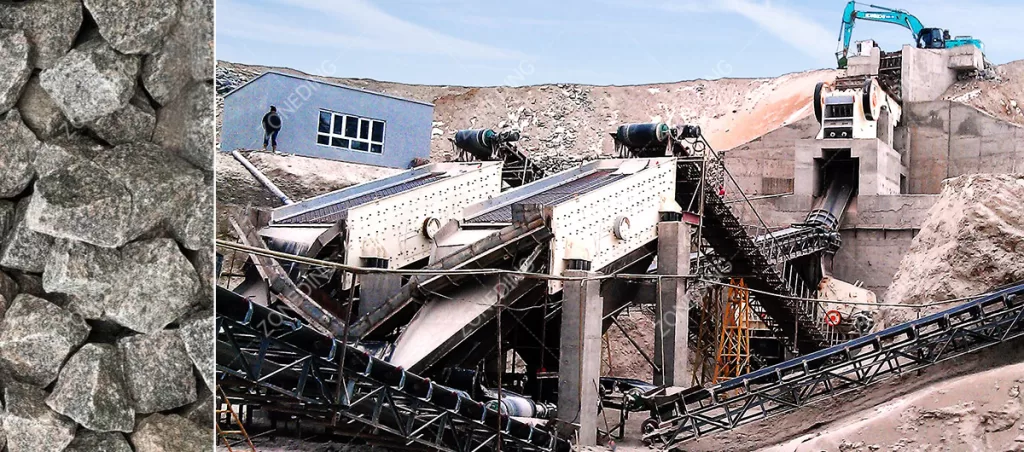
Choosing the right crushers for granite is very important. Because granite is so hard and wears parts fast, you need specific types of crushers. For the first step (primary crushing), where you break the largest rocks, a Jaw Crusher is usually the best choice. You need a heavy-duty jaw crusher. It must have a strong body and very hard jaw plates. The jaw plates should have a design that helps grip the hard stone. The size of the jaw crusher depends on the size of the rock you start with and how much stone you need to make each hour.
After the Jaw Crusher, you need to break the stone smaller. For this (secondary and sometimes tertiary crushing), a Cone Crusher is very good for granite. Cone crushers break rock by squeezing it between layers. This is called layer crushing. This method makes the rock break itself using forces inside the stone. This is better for wear parts than hitting the stone hard. Cone Crusher are also very strong and can handle hard rock well. For making small stone sizes or sand, or for making the stone pieces a good shape (cubical), a VSI Sand Making Machine is often used. VSI crushers throw rock at high speed. The rock breaks when it hits parts inside or hits other rock. VSI makes well-shaped stone, which is good for concrete and asphalt. But VSI wear parts can be expensive with abrasive granite. A good plan might use a Cone Crusher to break the stone most of the way, and then use the VSI Sand Making Machine just for the final shaping step. The right combination of these crushers helps handle granite efficiently and manage wear.
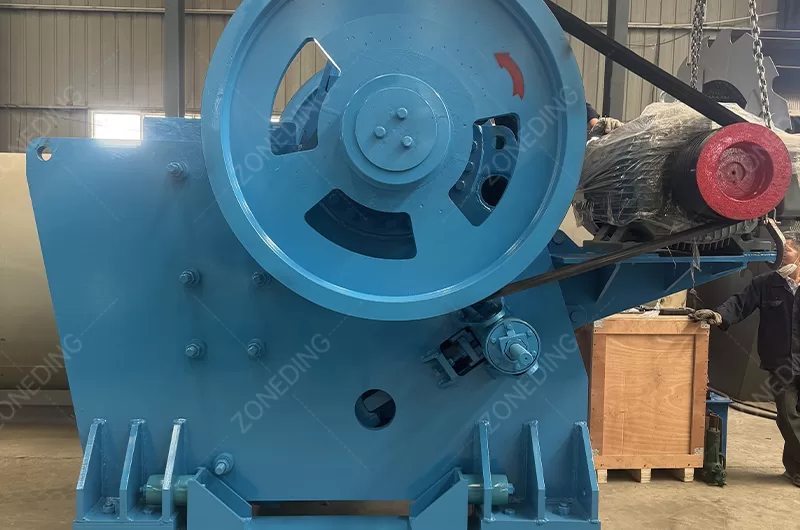
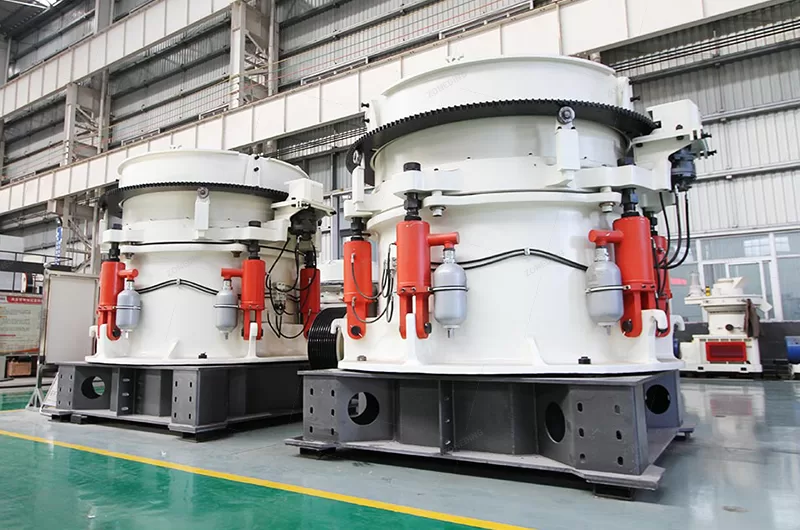
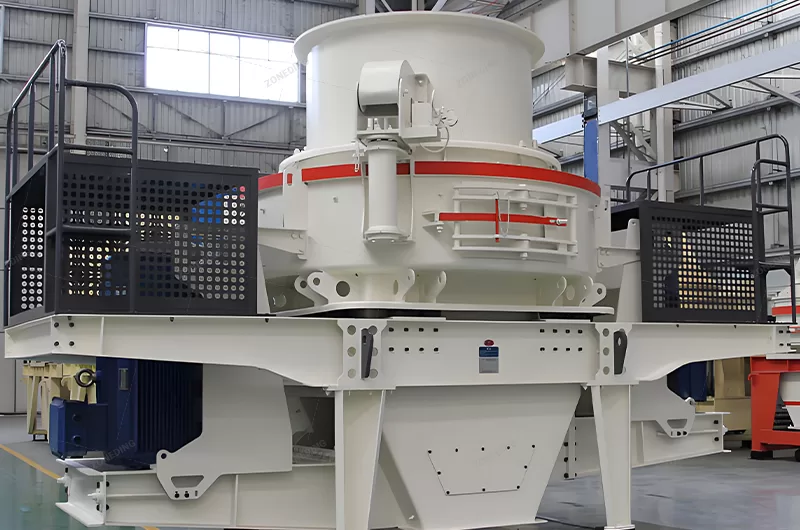
Designing a granite crushing plant is not just picking some machines. It is planning a whole factory process for rock. You need to make the stone you need (right size, right shape) in the most cost-effective way. With granite, you must plan for its hardness and how fast it wears things out. First, know your raw granite. How big are the rocks? How hard are they? Is there a lot of abrasive material in them? A good supplier will test your granite rock sample. This test tells you what machines are best and what to expect for wear.
Next, think about what kind of stone or sand you need to make. What are the final sizes? What shape do you need? For granite aggregate used in roads or concrete, shape is very important. It often needs to be more cubical. This needs specific crushers like a VSI Sand Making Machine and careful screening. You also need to know how much stone you want to make each hour. This is called your required capacity (like 100 TPH or 200 TPH). A 100 TPH granite plant is popular now because it works for many projects and costs less to start than very big plants. Based on your rock, your needed products, and your capacity, the machines are chosen. A typical plan for granite uses three stages: a Jaw Crusher, then a Cone Crusher, then maybe a VSI Sand Making Machine for shaping or sand. Very important is to screen the stone after each crusher. Vibrating Screen sort the stone by size. Sending stone back to a crusher when it is already small enough wastes energy and increases wear. Use good screens to take out the finished product as early as possible. This plan helps the plant run well, uses less power, and reduces wear on expensive crushers.
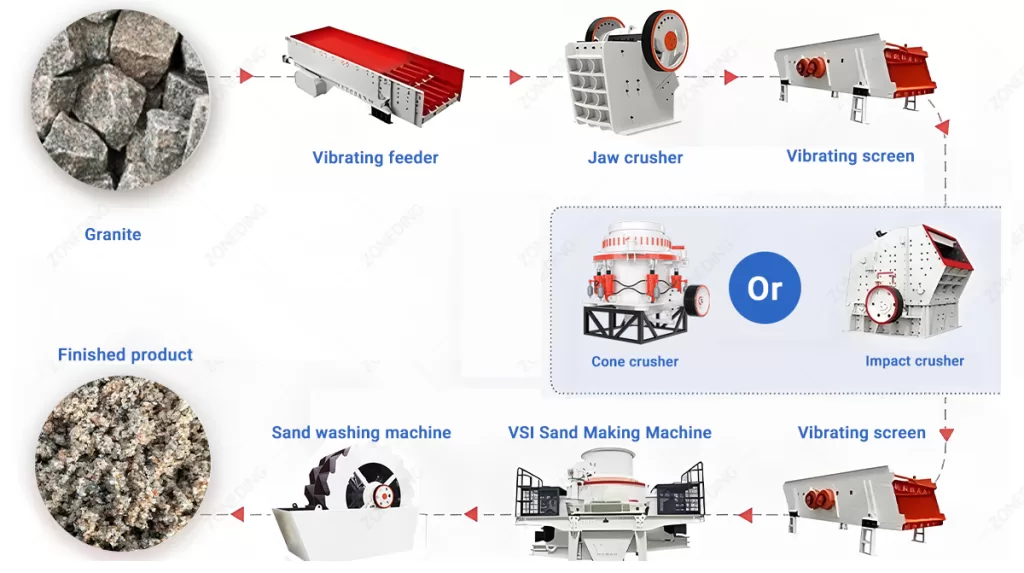
Wear parts cost is a major cost for a granite crushing plant. Granite is hard and abrasive. It makes parts wear out fast. You are always buying new jaw plates, cone liners, and VSI parts. These costs add up a lot over time. You cannot stop wear when crushing hard rock, but you can slow it down. The best way is to use wear parts made from special, very tough metals. These parts cost more to buy than standard parts. But they last much longer. They can process many more tons of granite before you need to change them.
Using longer-lasting wear parts saves you money in two ways. First, you buy fewer parts over the life of the plant. Second, your plant stops less often to change parts. Stopping the plant means you are not making stone and not making money. If parts last longer, the plant runs more hours. This increases production and lowers the cost of downtime. When you look at the cost, do not just look at the price of a single wear part. Look at the cost per ton of granite crushed. This is the total cost of the wear parts divided by the tons of granite they processed. Your goal is to lower this cost per ton. Using high-quality wear parts designed for granite is key. Also, running your machines correctly helps. Do not feed them too much or too little rock. Make sure your screens (Vibrating Screen) are working well so you don’t crush stone more than you need to. Good maintenance, like greasing and checking settings, helps parts last as long as they should.
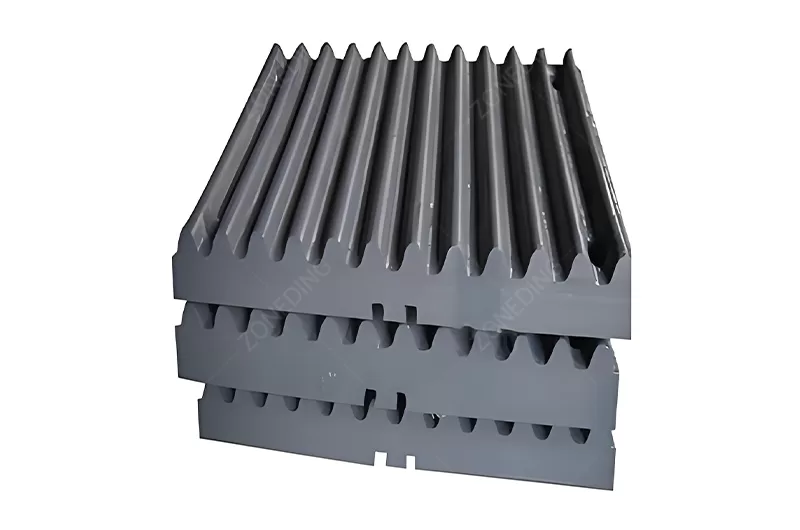
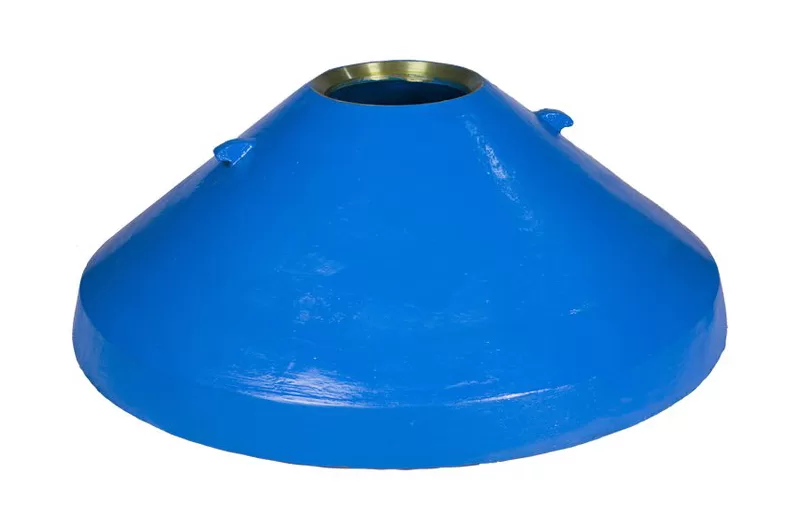
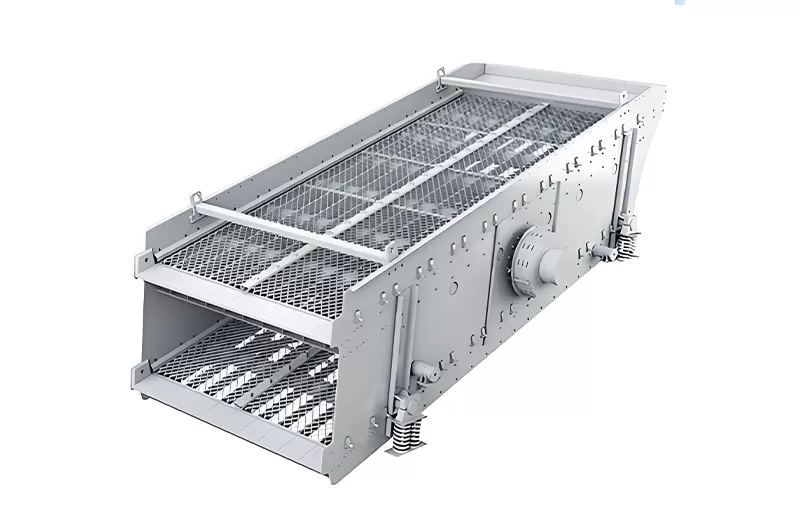
Granite is a great material for making high-quality sand and stone (aggregate) for building. Its strength and durability are perfect for concrete, asphalt, and road bases. But to make aggregate that meets strict standards, like those for roads (sometimes called “DOT certified”), you need more than just broken rock. The stone pieces must have the right size mix (gradation) and a good shape. For concrete and asphalt, engineers want cubical (square-shaped) stone, not long, flat, or sharp pieces. Cubical stone packs together better and makes stronger concrete or asphalt.
Making this good shape from granite needs specific machines and steps. After crushing with Jaw Crusher and Cone Crusher, which mostly break the rock, you often need a machine for shaping. The VSI Sand Making Machine is excellent for this. It makes the rock pieces hit each other at high speed, which breaks off sharp edges and makes the pieces more cubical. You must feed the VSI machine with stone that is the right size range. Sending stone that is too big or too small into the VSI gives poor results and increases wear. Accurate screening using Vibrating Screen is needed before the VSI. Also, controlling the amount of very fine dust (fines) is important. Too much fine dust in the final product is bad for quality. You might need dust collectors or water washing systems, like a Sand Washing Machine, to clean the sand and remove excess fines. Making good sand and aggregate from granite means breaking it, shaping it, sorting it by size (screening), and cleaning it if needed.
Picking the right supplier for your granite crushing plant is one of the most important decisions you will make. Granite is a difficult material to crush well. You need a company that really understands hard rock. They should have a lot of experience building plants for granite. Ask them about other granite projects they have done. Can you see case studies? Can you talk to other clients who crush granite with their machines? A good company will ask you many questions about your specific granite. They need to know how hard it is, how abrasive it is, and how big the rocks are.
They must also understand what you want to make: what sizes of stone, what quality, how much per hour. A very important step they should take is to test a sample of your granite rock. Testing your rock is crucial. It is the only way they can be sure which crushers and which wear parts will work best for your specific granite. If a company does not offer to test your rock sample, be careful. They might just be selling standard machines without knowing if they are truly right for your hard granite. Ask about the strength and design of their machines. Are they built tough for granite? Ask about their wear parts program: the materials they use, how long they expect them to last on your granite, and the cost and availability of these parts. Check their service after you buy. Do they help with setup? Do they train your workers? Can you get spare parts quickly when needed? Do they help with problems? A good supplier is a partner who helps you succeed with your difficult granite crushing job. At ZONEDING MACHINE, we have much experience with granite. We always test your rock. We design and build very strong machines for hard rock. We provide a full service from planning to support.
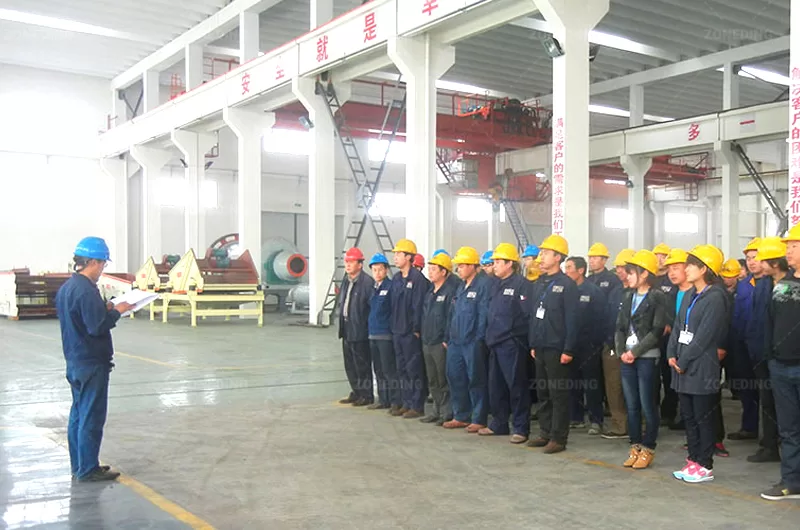
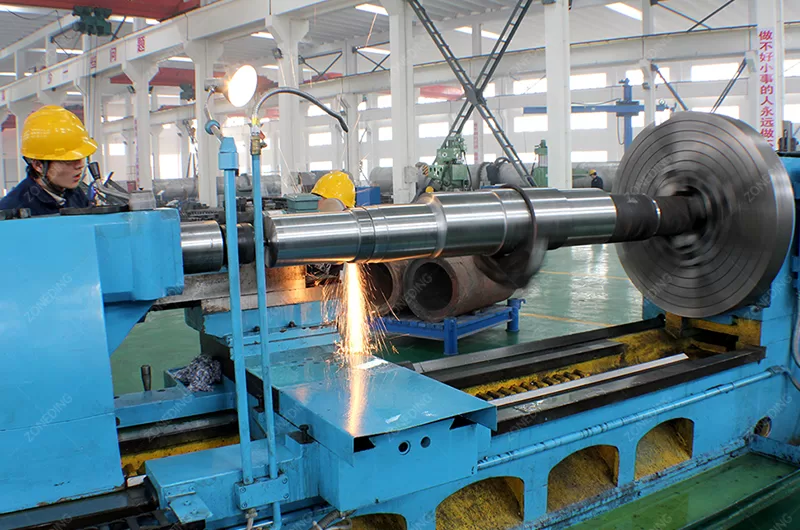
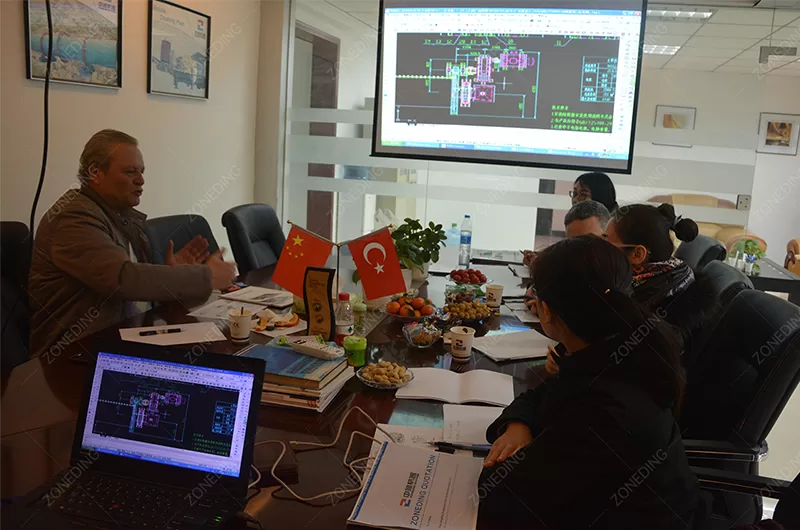
Running a granite crushing station must be done in a way that protects the environment. Crushing granite makes dust. This dust can be bad for the air and people working or living nearby. Crushing machines also make noise. Too much noise can be a problem. You must manage dust and noise to follow government rules. Controlling dust usually involves using water or special dust collection systems. You can spray water where the stone drops between machines, on conveyors, and around screens (Vibrating Screen). This makes the dust heavy so it falls instead of flying in the air.
For places where a lot of fine dust is made, like near the VSI Sand Making Machine or fine screens, you might need a dust collector system. These systems pull dusty air through filters and collect the dust. Covers on conveyors and machines can also help keep dust from spreading. For noise, you can use covers on noisy machines. Building walls or putting noisy parts of the plant inside buildings helps block sound. Planning the plant layout so noisy areas are far from where people live or work is also good. Managing the water used for dust control is important too. Water with dust in it needs to be cleaned or settled so it does not pollute the ground or water sources. Following environmental rules makes your plant safer for workers and better for the community and nature. Modern granite crushing plants are designed with these controls in mind.
Q 1: Crushing granite is hard, right? Why is it so tough on machines?
A: Yes, crushing granite is hard. Granite is very strong. It also has abrasive minerals. These minerals rub on machine parts a lot. This rubbing wears the parts down very fast. This makes wear parts costly for a granite crushing plant.
Q 2: Which crusher is best for breaking large granite rocks first?
A: For the first step, breaking large granite rocks, a heavy-duty Jaw Crusher is usually the best choice. It is built strong to handle the high force needed to break this hard stone. You need one with strong jaw plates designed for hard rock.
Q 3: How do I make sure my granite aggregate has a good shape for building?
A: To get a good, cubical shape, you often need a VSI Sand Making Machine after the main crushers. VSI machines make rock hit rock at high speed. This shapes the stone pieces well for concrete and asphalt. Good screening helps too.
Q 4: Is the cost of wear parts the biggest expense for a granite plant?
A: Yes, the cost of replacing wear parts is often the biggest running cost for a granite crushing plant. Granite is very hard and abrasive, which makes parts wear out fast. You spend a lot of money on new jaw plates, cone liners, and other wear parts over time.
Q 5: Should a company test my granite rock before selling me a crusher?
A: Yes, absolutely. A good company must test your specific granite rock sample. This is the only way they can know its exact hardness and abrasiveness. They need this test data to choose the right crushers and recommend the best wear parts for your stone.